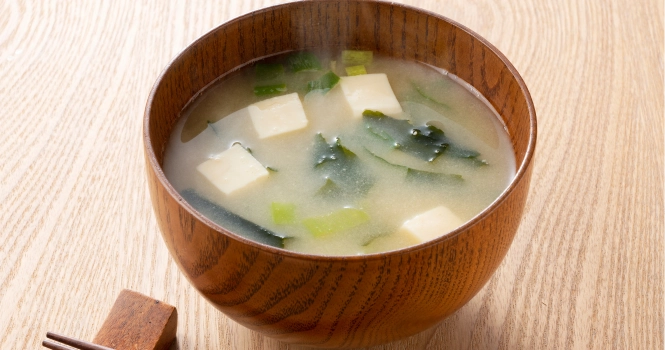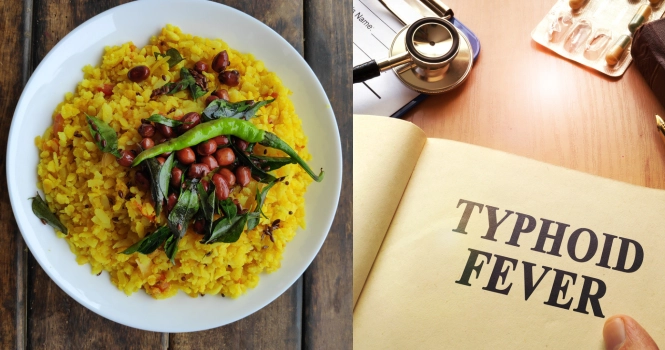How Many Pounds are in a Kilogram?
If you’re used to measuring weight in pounds but need to convert to kilograms, or vice versa, it can be confusing to figure out the conversion. Luckily, there’s a simple formula you can use to convert between these two units of measurement. Read on to learn how many pounds are in a kilogram and how to make the conversion.
Understand the Conversion Factor
The conversion factor between Kilograms and Pounds is 2.20462.
This means that;
One Kilogram is equal to 2.20462 pounds
One Pound is equal to 0.453592 kilograms.
Understanding this conversion factor is key to being able to convert between the two units of measurement accurately and efficiently. Keep this number in mind as you work through the conversion process.
To convert Kilograms into Pounds, Multiply kilograms with 2.20462, which gives Pounds. Example: To convert 3 kg into Pounds, 3 X 2.20462 = 6.61386
To convert Pounds into Kilograms, divide it by 0.453592, which gives Kilograms.
Example: To convert 140 pounds into Kilograms, 140 X 0.453592 = 63.5488
What is a Pound?
A “Pound” can refer to two different things:
1. Pound as a unit of mass:
A pound is a unit of measurement used to express mass or weight, primarily in the United States, United Kingdom, and a few other countries. It is abbreviated as “lb” or “lbs.” One pound is equal to 16 ounces, and in the metric system, it is approximately 0.4536 kilograms.
2. Pound as a currency:
A pound can also refer to a unit of currency, such as the British Pound Sterling (GBP). It is the official currency of the United Kingdom and some of its territories. The symbol for the British Pound is “£,” and it is divided into 100 smaller units called pence.
As we are interested in Pound as a unit of mass,
A pound as a unit of mass is a way to measure the weight of objects or substances. It is predominantly used in the United States, United Kingdom, and a few other countries that follow the imperial system of measurement. The abbreviation for pound in this context is “lb” or “lbs,” which comes from the Latin word “libra,” meaning “balance” or “scales.”
The pound is part of the avoirdupois system, which is a system of weights used for measuring various goods. In this system, one pound is equal to 16 ounces. To give you a better idea of how much a pound weighs, a common loaf of bread usually weighs around one to two pounds.
When comparing the pound to the metric system, which is used by most countries worldwide, one pound is approximately equal to 0.4536 kilograms.
What is a 1 Kilogram?
1 kg, or 1 kilogram, is a unit of mass in the metric system. It is equivalent to 1,000 grams (g) and is the base unit of mass in the International System of Units (SI). The kilogram is used worldwide as a standard for measuring the mass or weight of objects and substances.
To give you an idea of how much 1 kilogram weighs, a 1-liter bottle of water has a mass of about 1 kilogram, as 1 liter of water weighs roughly 1 kilogram.
When converting between kilograms and pounds, 1 kilogram is approximately equal to 2.2046 pounds. To convert kilograms to pounds, you can multiply the number of kilograms by 2.2046. Similarly, to convert pounds to kilograms, you can multiply the number of pounds by 0.4536.
Let’s see some definitions and methods followed;
The Imperial system
The Imperial System is a system of measurement that originated in the British Empire and is still used in the United Kingdom, the United States (though the US has its own version called the United States Customary System), and a few other countries. It uses units such as inches, feet, yards, and miles for length; ounces and pounds for weight; and fluid ounces, pints, quarts, and gallons for volume.
Here’s a brief overview of some common Imperial units:
1. Length:
- 1 inch = 2.54 centimeters
- 1 foot = 12 inches
- 1 yard = 3 feet
- 1 mile = 1,760 yards or 5,280 feet
2. Weight:
- 1 ounce = 28.35 grams
- 1 pound = 16 ounces or 0.4536 kilograms
3. Volume:
- 1 fluid ounce = 29.57 milliliters (Note: the US fluid ounce is slightly different at 29.57 mL)
- 1 pint = 20 fluid ounces (UK) or 16 fluid ounces (US)
- 1 quart = 2 pints
- 1 gallon = 4 quarts or 8 pints
The Imperial System has largely been replaced by the metric system, which is simpler and more consistent, in most parts of the world.
The Metric System
The Metric System is an internationally recognized system of measurement that uses base units for length, mass, and volume, with decimal prefixes to indicate different magnitudes of these units. The Metric System is also known as the International System of Units (SI), which is the modern and standardized version of the metric system used worldwide.
Here’s a brief overview of the base units and some common decimal prefixes in the metric system:
1. Length: The base unit for length is the meter (m).
- 1 kilometer (km) = 1,000 meters
- 1 meter = 100 centimeters (cm)
- 1 centimeter = 10 millimeters (mm)
2. Mass: The base unit for mass is the kilogram (kg).
- 1 kilogram = 1,000 grams (g)
- 1 gram = 1,000 milligrams (mg)
3. Volume: The base unit for volume is the liter (L).
- 1 liter = 1,000 milliliters (mL)
- 1 milliliter = 1 cubic centimeter (cc or cm³)
Decimal Prefixes:
- kilo- (k) = 1,000
- hecto- (h) = 100
- deka- (da) = 10
- deci- (d) = 0.1
- centi- (c) = 0.01
- milli- (m) = 0.001
- micro- (µ) = 0.000001
The metric system is preferred over the Imperial System because it is more consistent, simpler, and easier to use. Most countries have adopted the metric system as their official system of measurement, with the United States being a notable exception, although it does use the metric system in certain contexts, such as in scientific research and medicine.
![]()












